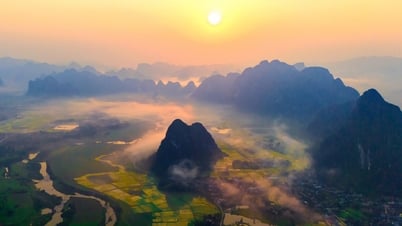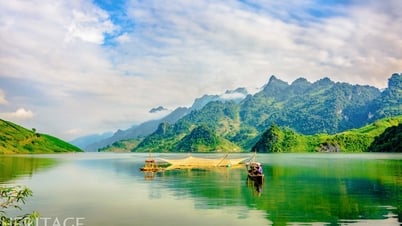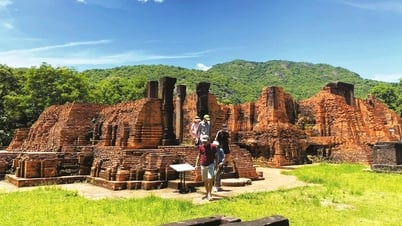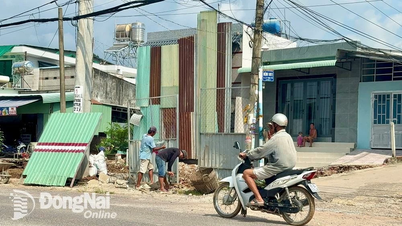





The journey to Trang An's world heritage began in the early 1990s. At that time, the Dinh - Le King Relic Site, a component part of the Trang An scenic complex today, along with four other cultural heritages of Vietnam, was submitted to UNESCO for consideration and recognition as a world cultural heritage.

But only the Complex of Hue Monuments was honored by UNESCO in 1993. Perhaps at that time, the heritage dossier of the thousand-year-old Hoa Lu ancient capital was too favorable to the historical relics of the early feudal dynasties of Vietnam, forgetting the majestic, poetic landscape that nature had "drawn" in Trang An, along with the special landscape and ecological values that nature had bestowed on this "Bong mountain, Nhuoc water" place on earth.


More than 20 years later, the dossier on this beautiful land of mountains and rivers reappeared in the sessions of the UNESCO World Heritage Committee with 3 outstanding criteria: having extraordinary natural beauty and aesthetic importance with universal value for the landscape; recording important stages of development in the history of the earth through the process of geological and geomorphological changes; and being a typical example of the traditional settlement process of humans representing many cultures in the historical process spanning thousands of years.






![[Photo] General Secretary To Lam and international leaders attend the parade celebrating the 80th anniversary of the victory over fascism in Russia](https://vphoto.vietnam.vn/thumb/1200x675/vietnam/resource/IMAGE/2025/5/9/4ec77ed7629a45c79d6e8aa952f20dd3)
![[Photo] Prime Minister Pham Minh Chinh chairs a special Government meeting on the arrangement of administrative units at all levels.](https://vphoto.vietnam.vn/thumb/1200x675/vietnam/resource/IMAGE/2025/5/9/6a22e6a997424870abfb39817bb9bb6c)
![[Photo] Russian military power on display at parade celebrating 80 years of victory over fascism](https://vphoto.vietnam.vn/thumb/1200x675/vietnam/resource/IMAGE/2025/5/9/ce054c3a71b74b1da3be310973aebcfd)
















![[Photo] Magical moment of double five-colored clouds on Ba Den mountain on the day of the Buddha's relic procession](https://vphoto.vietnam.vn/thumb/1200x675/vietnam/resource/IMAGE/2025/5/9/7a710556965c413397f9e38ac9708d2f)
































































Comment (0)